Regular readers of the Zephyr may have noticed that I have been a frequent contributing writer for the past year or two. For the past few months, Jim and I have thrown around the idea of turning my musings into a regular column and now, apparently, we have.
In the spirit of putting first things first, it may be worth sharing where the name of the column comes from and connect it to a few observations that may help explain why I think it fits with the topics I suspect I’ll (continue to) write about here.

Anecdote of the Jar
I placed a jar in Tennessee,
And round it was, upon a hill.
It made the slovenly wilderness
Surround that hill.
The wilderness rose up to it,
And sprawled around, no longer wild.
The jar was round upon the ground
And tall and of a port in air.
It took dominion everywhere.
The jar was gray and bare.
It did not give of bird or bush,
Like nothing else in Tennessee.
Edmund Wilson famously put his finger on a defining feature of the poetry of Wallace Stevens when he observed that “even when you do not know what he is saying, you know he is saying it well.” Certainly there is evidence of this insight in Anecdote of the Jar. The turns of phrase are simple yet bewitching, while the meaning of the whole is elusive if not inscrutable.
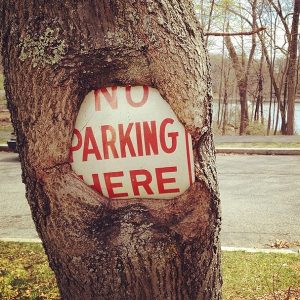
Still, I have always been drawn to a fairly straightforward reading of the poem, which is to ponder how a simple, even banal, act like placing a jar upon a hill can profoundly transform the meaning of an entire landscape. Indeed, in the poem, introducing the jar doesn’t merely alter the meaning of the scene, it creates it. Prior to the jar’s placement, the wilderness would have surrounded nothing; it would have meant nothing; it simply would have been. Yet, once placed upon the hill, the jar becomes a central, organizing principle, and tames its new domain. The wilderness still “sprawls around,” but is made “no longer wild” by the jar’s subjugation.
And what about that “slovenly?” Such a specific, dissonant word to describe nature and yet, placed in contrast with the jar, I suppose wilderness is sort of slovenly. Still, I would suggest the more dominant drift of that particular word choice is ironic. The dominion exercised by the jar is of a particular, unflattering kind. The jar is gray, bare, sterile. It may dominate the scene with its tall and important air, but it ultimately suffers in comparison with the messy, vital landscape that precedes and encompasses it.
I described a version of this tale before when I gave an account of the context and power of the post-industrial symbols that underpin the Bears Ears monument designation. To make the parallel more explicit: the process of drawing boundaries on maps and reducing a vast area to a single label “Bears Ears” was akin to placing a jar upon a hill in Tennessee. What once was simply an off-brand canyon country backwater — surrounding nothing, bearing many names or none at all, used for purposes both quotidian and sublime, only sparsely visited by tourists — became a discrete, commodified thing useful for the advancement of all manner of political and commercial agendas.
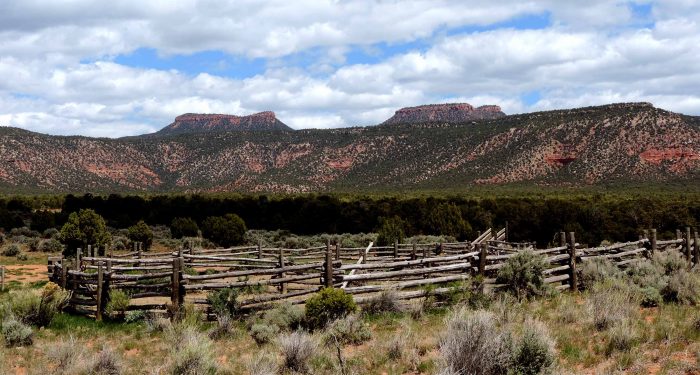
It is possible to read another level of irony in the poem. Placing the jar upon the hill draws a bright line between before the presence of humanity and after, and between nature and humanity itself. Perhaps too bright a line, in fact, to be taken at face value. Subtract humanity from the equation altogether and naming something “wilderness” makes little sense. After all, the very term is meant to describe a place undisturbed and uninhabited by humans. Wilderness, in this sense, is white space, defined through its contrast with places where humanity’s influence is undeniable. But without humanity, it would all be white space and “nature” would need no label to connote a distinction between itself and “non-nature.” This is to say nothing of the fact that the symbol “nature” is itself a human construct; nature would never name itself. The same goes, obviously, for “Tennessee.”
So maybe Stevens’s poem can be read as, among other things, an artistic comment on the limits of the so-called nature-culture dichotomy. This is the mental model that holds that there is nature and then there is humanity, and not only do these labels stand for clear, discrete categories but the things that make up these categories are often, if not always, fundamentally opposed. This framework is so commonly held, including across most strains of popular environmentalism, that it is typically taken as a self-evident truth.
This tendency is understandable. Through the development of science and industry, humanity has developed tremendous powers of environmental transformation. But press against the semantics even a little bit and what seems clear quickly becomes fuzzy. Our capacity as humans to change our environment is not separate from nature, but actually arises from it, because, after all, we arise from it. At the same time, it is hubris to overestimate our species. Stevens says the jar took dominion everywhere, but did it really? Is it even at the center of anything? I’d say that’s yet another line begging to be read skeptically if not ironically.
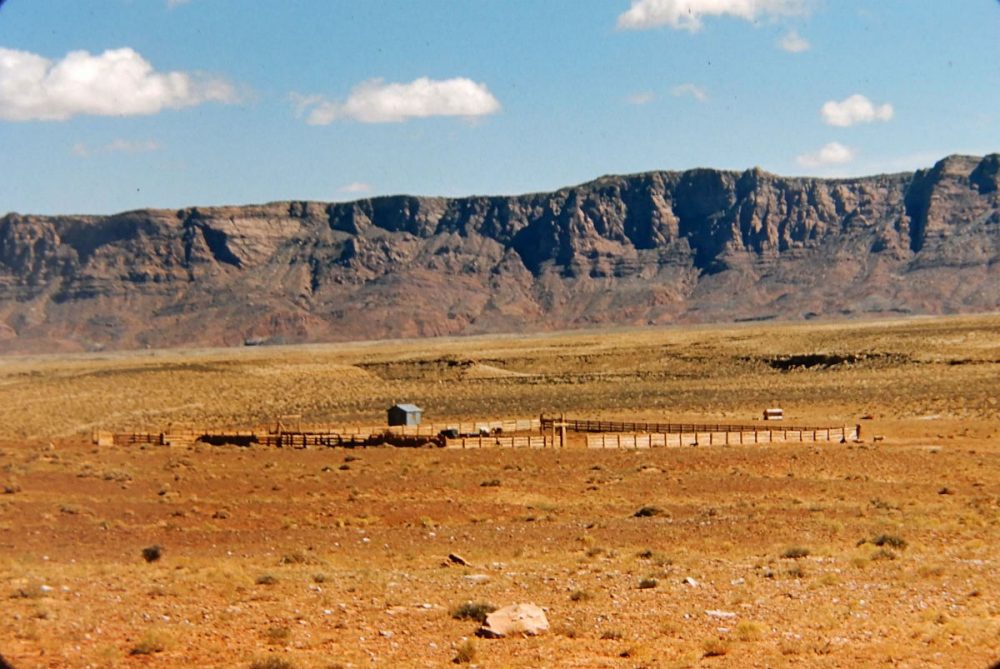
In his searing novel There There, Tommy Orange offers a powerful and far more direct assault on conventional ideas about bright-line distinctions between nature and culture:
“An Urban Indian belongs to the city, and cities belong to the earth. Everything here is formed in relation to every other living and nonliving thing from the earth. All our relations. The process that brings anything to its current form — chemical, synthetic, technological, or otherwise — doesn’t make the product not a product of the living earth. Buildings, freeways, cars — are these not of the earth? Were they shipped in from Mars, the moon? Is it because they’re processed, manufactured, or that we handle them? Are we so different? Were we at one time not something else entirely, Homo sapiens, single-celled organisms, space dust, unidentifiable pre-bang quantum theory? Cities form in the same way as galaxies. Urban Indians feel at home walking in the shadow of a downtown building. We came to know the Oakland skyline better than we did any sacred mountain range, the redwoods in the Oakland hills better than any other deep wild forest. We know the sound of the freeway better than we do rivers, the howl of distant trains better than wolf howls, we know the smell of gas and freshly wet concrete and burned rubber better than we do the smell of cedar or sage or even fry bread — which isn’t traditional, like reservations aren’t traditional, but nothing is original, everything comes from something that came before, which was once nothing. Everything is new and doomed. We ride buses, trains, and cars across, over, and under concrete plains. Being Indian was never about returning to the land. The land is everywhere and nowhere.”
The land is everywhere and nowhere. What a counterpoint to metaphors, ironic or not, in which wilderness is centered, even tamed, by jars! Again and again, the rigid, bright lines we draw — even in our basic building blocks of language — turn out to be more permeable and more flexible than they may seem. Consider once again the designation of Bears Ears. Monument proponents are fond of noting that Bears Ears represents the quintessential use of the Antiquities Act. Which means what, exactly? Well, at bottom, it means that perhaps the best argument for the monument’s designation is to preserve not “wilderness” or “nature,” but the record of human habitation on this particular landscape. So that’s kind of interesting.
Consider the link between that observation and this interview exchange in which Winston Hurst notes that we seem capable of a personalized sense of history to about three generations, but beyond that our sense of history becomes increasingly mythologized. This tendency may make artifact looting more palatable, but it probably also enables a romanticized, essentialist flattening of our human ancestors in service of grand narratives about “original environmentalists” and the like.
It is also kind of interesting to note that elements of this phenomenon are not at all limited to “vacant” lands like “Bears Ears.” It is the case, for example, that virtually every North American wilderness worthy of an Ansel Adams poster was established only after human occupants were removed from the land. As Mark David Spence neatly argues in Dispossessing the Wilderness: Indian Removal and the Making of the National Parks, “uninhabited wilderness had to be created before it could be preserved.”
The epistemological rabbit holes begging to be explored stretch out before us. But so what? I suppose a thesis that I expect to run through much of what I write here is that so much of our discourse is taken for granted, when perhaps it should be poked and prodded in an effort to understand where certain concepts may be serving us well and where they may be leading us astray. A related argument is that a bit more humility is almost always in order, given the complexity of the world we hope to constructively describe. And, finally, I will argue that these considerations are of particular salience to the discourse that defines the culture wars being waged across the New West.
Stacy Young is a regular contributor to the Zephyr. He lives in Southwest Utah.
To comment, scroll to the bottom of the page.
Don’t forget about the Zephyr ads! All links are hot!

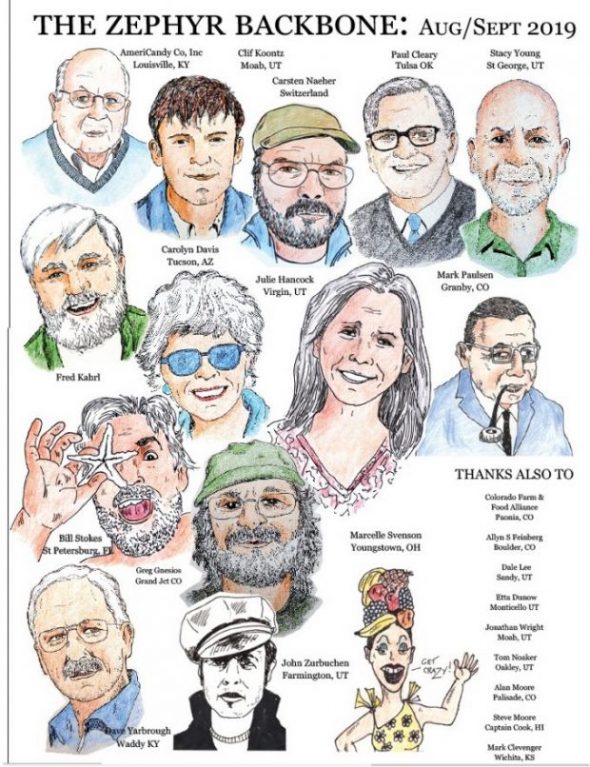




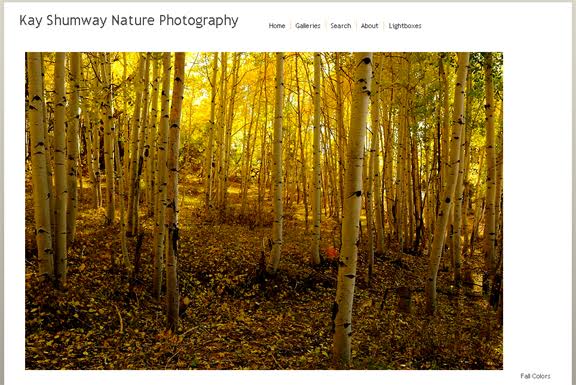

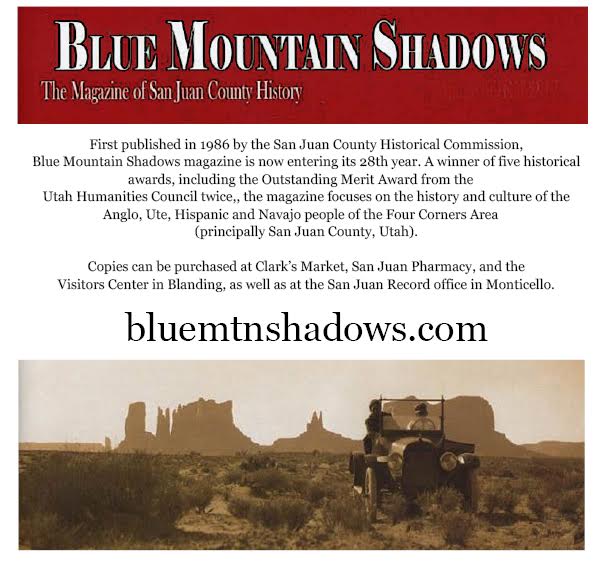
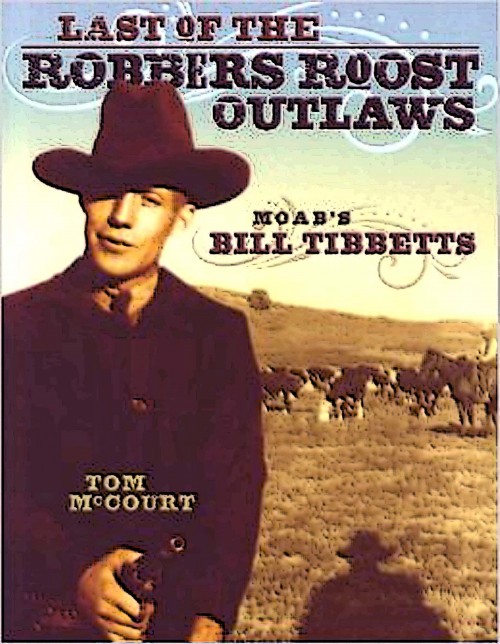
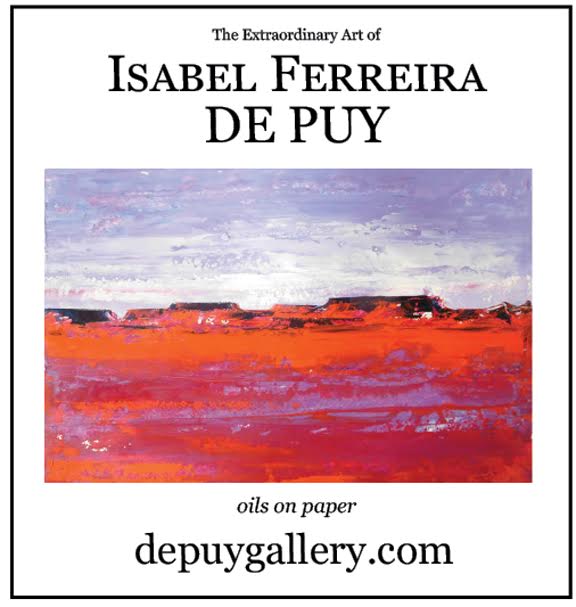
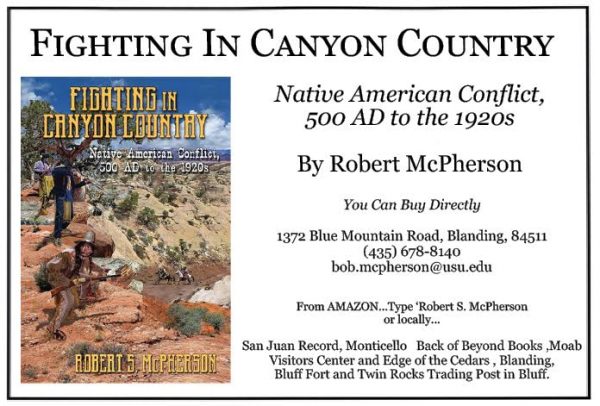
Yep, I wholeheartedly agree with your motive for exploration of the ideas behind “wilderness”:
“so much of our discourse is taken for granted, when perhaps it should be poked and prodded in an effort to understand where certain concepts may be serving us well and where they may be leading us astray.”
Exactly. I think likely the most cited article in the journal “Environmental History” is William Cronon’s “The Trouble with Wilderness; Or, Getting Back to the Wrong Nature”, published in their very first issue in January 1996. But has the public ever heard of it? Nope. It’s mostly been academia vs. the elite of the environmental movement, fought extensively in essay form. For those interested, here are two volumes by all the heavyweights, published in 1998, and in 2008.
And I have to put in a plug for my all-time favorite wilderness essay here in the Zephyr, Loch Wade’s “DO WE REALLY NEED WILDERNESS? It depends on your definition”, first published in April 2008, and re-published in August 2017.
I trust you’ll find the disparity between what ought to be generally understood by now and what has actually reached public consciousness inspires plenty of material for a series of articles on the subject.
Doug,
Thanks for reading and taking the time to comment.
I suspected I was probably on well-covered terrain with this conceptual thread, but I confess I had not read Cronon’s piece much less the larger conversation/context within which it sits. So, thank you so much for sharing those links! I’ve only started to work through that catalog, but I’m thoroughly engaged so far. It is certainly sharpening my thinking on this cluster of topics, which will in turn, hopefully, sharpen my future writing on the subject.
I also wholeheartedly echo your appraisal of that Loch Wade essay. It’s one of my all-time favorites, too.
Best,
Stacy
As I’m about about a third of the way through “There There”, it just so happens that this is the second time today I have read Tommy Orange’s description of the unity of all things in this world and the deconstruction of the nature-culture dichotomy. As for Cronon, we read him in “Environmental Philosophy” when I was in grad school at CU. He is not the only thought-provoking thinker on this subject, but Doug’s point about most environmentalists being unaware of the intellectual underpinnings of the idea of wilderness is entirely accurate. His point, that is, not the ignorance.